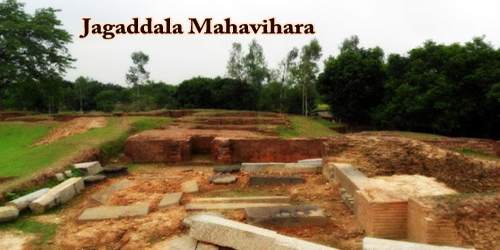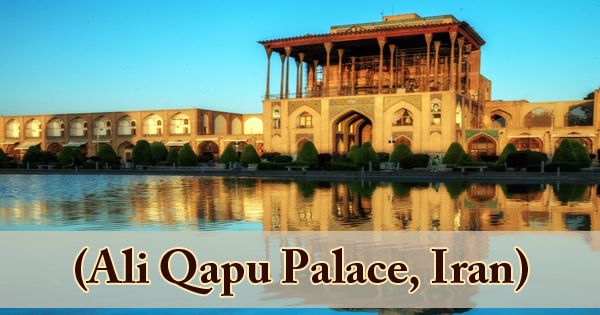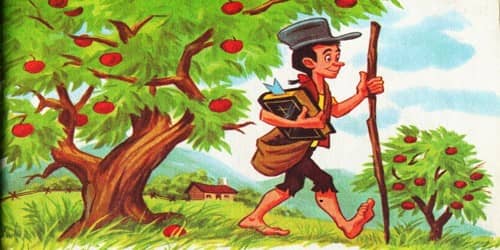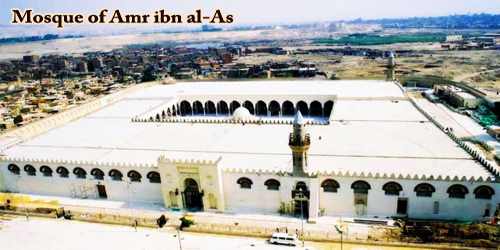Jagaddala Mahavihara (fl. late 11th century – mid-12th century) During the four centuries of prosperous rule of a Buddhist monastery situated in Naogaon. It was a Buddhist monastery and seat of learning in Varendra, a geographical unit in present north Bengal in Bangladesh. Pala rulers, numerous Buddhist monasteries, temples, and Stupas were erected by various kings throughout their vast empire. dharmapala, for example, is believed to have raised no less than 50 such self-contained massive religious cum-educational institutions. Among them most prominent are the gigantic vikramashila mahavihara in Magadha; Vikramapuri Vihara at vikramapura, somapura mahavihara at Naogaon, Paharpur and Jagaddala Mahavihara in varendra. Jagaddala Vihara was founded by the later kings of the Pāla dynasty, probably Ramapala (c. 1077-1120), most likely at a site near the present village of Jagdal in Dhamoirhat Upazila in north-west Bangladesh on the border with India, near Paharapur. Some texts also spell the name Jaggadala.
Archaeological excavations have revealed the ruins of a medium-sized Buddhist monastery with the main temple, which has its main entrance on the eastern side. There is no central temple-like Paharpur’s Somapura Mahavihara and the west wing only features one shrine. Although it is smaller than Paharpur, it also has an open courtyard surrounded by 34 monastic rooms on each of its four arms. For many years, its site was could not be ascertained. A.K.M. Zakaria inspected five likely locations, all called Jagdal or Jagadal, in the Rajshahi-Malda region: in Panchagarh; in Haripur Upazila of Thakurgaon; in Bochaganj Upazila in Dinajpur; in Dhamoirhat Upazila of Naogaon; Bamangola block of Malda, India. Of these, significant ancient ruins were present only near the Jagdal in Naogaon district. Excavations under the aegis of Unesco over the past decade have established the site as a Buddhist monastery.
Archaeologists have recovered over 150 objects of art including stone sculptures, inscriptions, terracotta plaques, ornamental bricks, and a terracotta head. The sculptures include Khadirbani Tara, Avalokiteshvara, Heramba, Vishnu, Nairatma, Hevajra, and his Shakti (the personification of the divine feminine creative power). Archaeologists have also found artefacts of daily use, like earthen pots and bowls, iron nails, dressed stone pieces, pedestals, and beads. Of the three stone images salvaged in a mutilated condition, one is a black stone image of Visnu (9cm ‘ 7cm ‘ 72cm) dug up from the southern wing of the Vihara, although the pedestal and Laksmi image are missing. It has been stylistically dated to the 10th/11th century. The second is the Buddhist image of Heruka, the ‘protector of devotees’, in close embrace with Sakti, his counterpart-carved on a limestone (90m ‘ 78m ‘ 74m). This image bears affinity to the one found at Paharpur monastery and is approximately dated at the same period. The third is a large unidentified headless stone image of a god (1.33 ‘ 70.50 ‘ 70.36) with both hands broken and a detached pedestal, depicting double petalled lotus and the foot of the icon, found separately. He wears a dhuti, bedecked with an armlet on his left arm, a waistband, a necklace, and a sacred thread across the body over the shoulder from left to right. Jagaddala specialized in Vajrayana Buddhism. A large number of texts that would later appear in the Kanjur and Tengjur were known to have been composed or copied at Jagadala. It is likely that the earliest dated anthology of Sanskrit verse, the Subhāṣitaratnakoṣa, was compiled by Vidyākara at Jaggadala toward the end of the 11th century or the beginning of the 12th. However, the most important discovery from the site was a couple of inscribed stone pillars that help us in ascertaining the chronology of the site. The most common building materials of the time were black basalt stone and sandstone because granite was rare and costly. Excavations further show a large terracotta molding on the outer wall of the monastery which features rich stone embellishments and tells the story of a prosperous era. Although archeological discoveries have confirmed some of the theories of history scholars, more work needs to be done to unearth the mysteries of Jagaddala. In 1999, details of Jagaddala Mahavihara were submitted to UNESCO for ranking as a World Heritage site and it is currently on UNESCO’s tentative site list for this status.
















